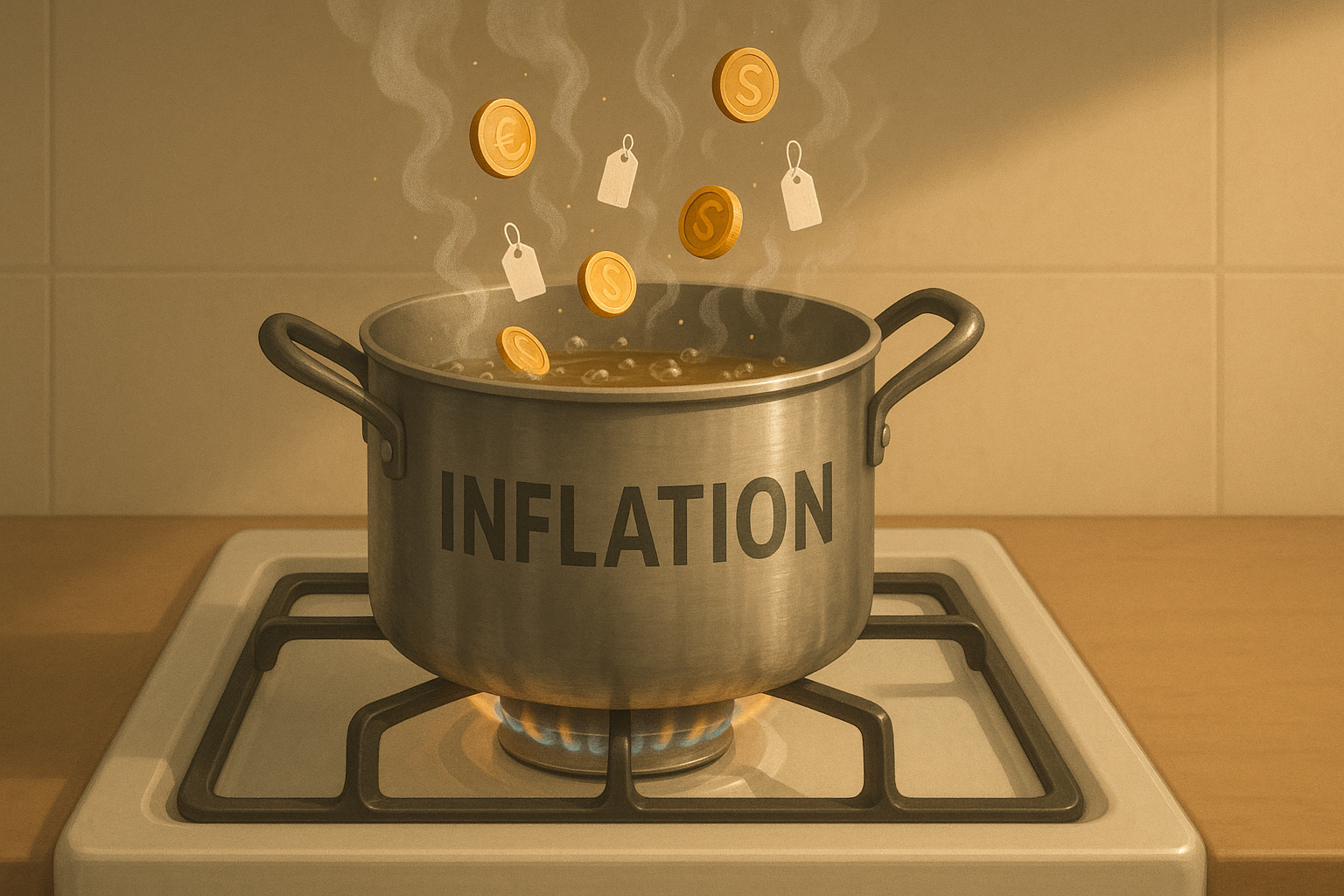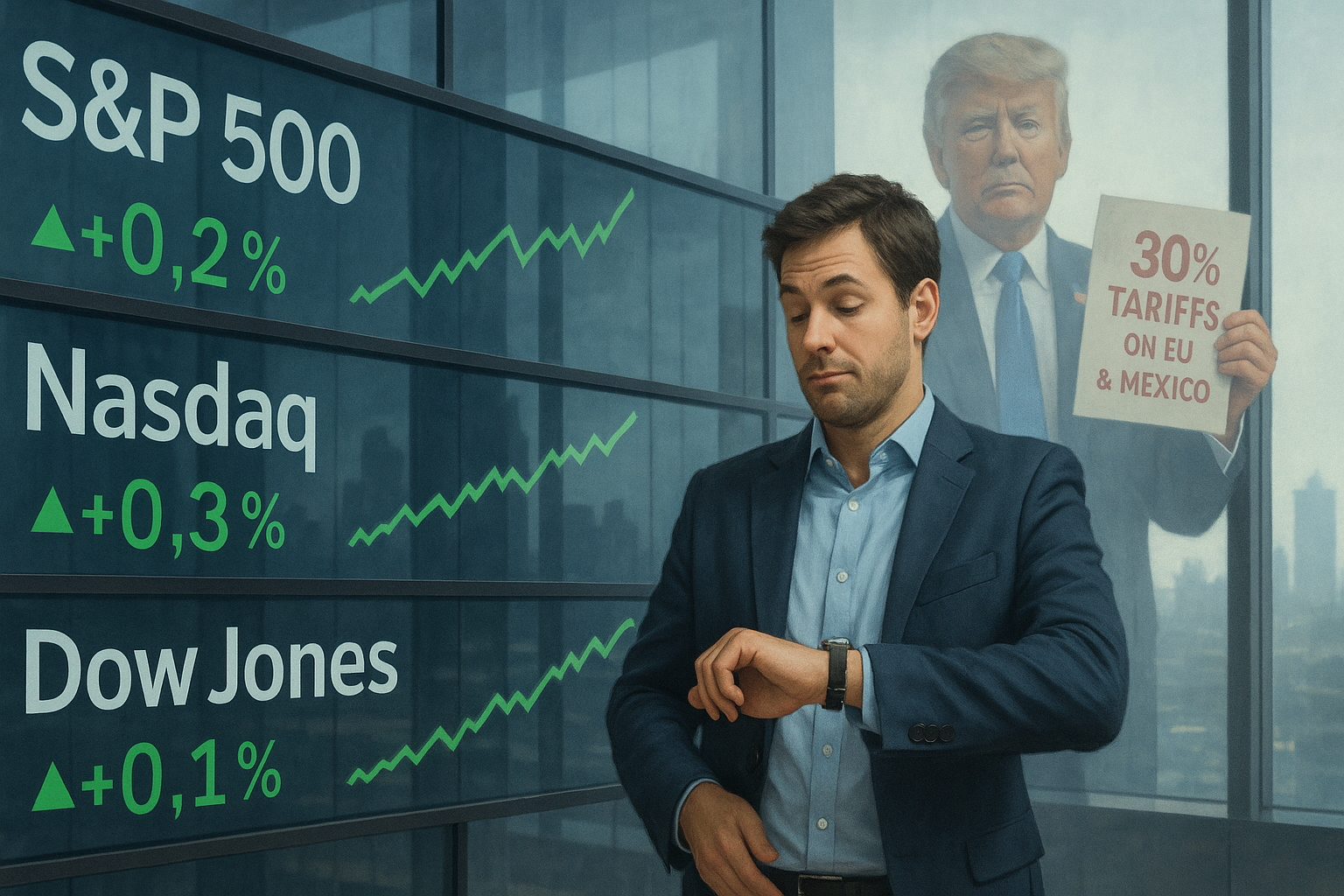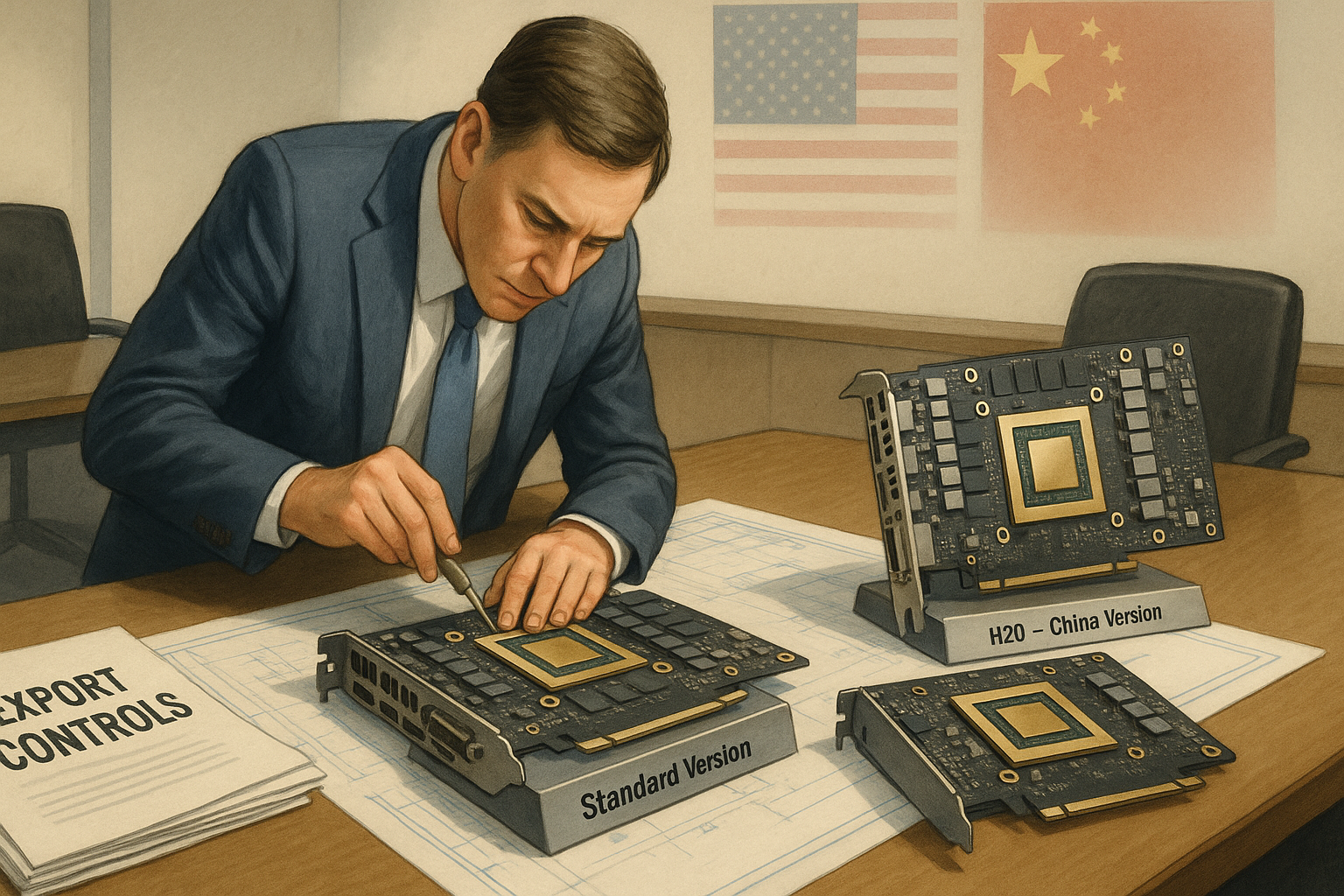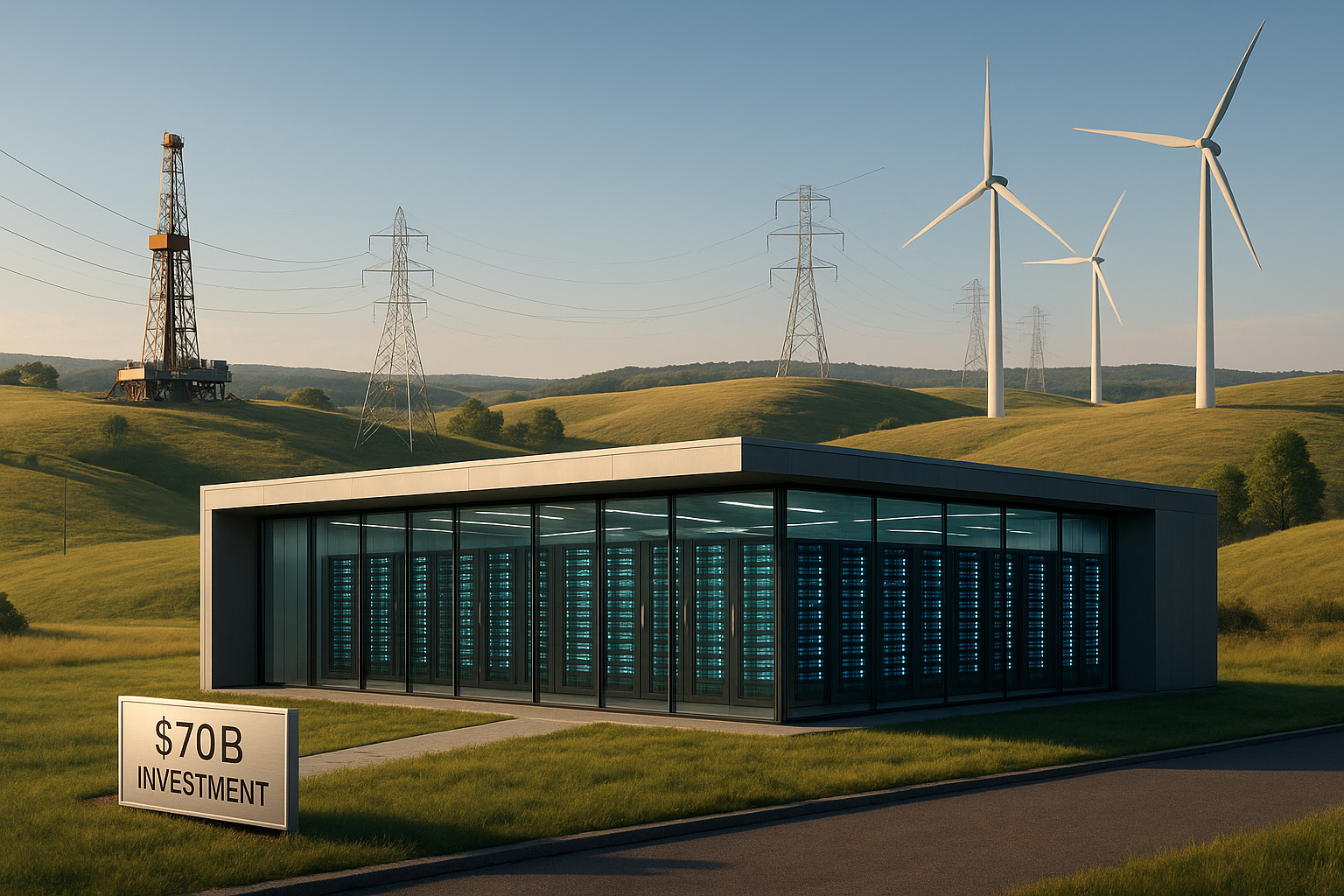The monthly inflation numbers landed yesterday with all the excitement of a scheduled dental cleaning—necessary, mildly uncomfortable, but ultimately just part of our economic hygiene routine.
June's Consumer Price Index ticked up 0.3%, hitting economists' predictions with suspicious precision. Core inflation (that's the version without food and energy prices jumping around like a kid who's had too much sugar) rose a more modest 0.2%, slightly below expectations.
Let me tell you something—having tracked these monthly releases since the pandemic inflation surge began, there's a certain rhythm to them now. The initial panic of 2021-2022 has given way to this... steady simmer.
The year-over-year headline number now stands at 2.7%, up from May's 2.4%. Core inflation is holding steady at 2.9%. Remember when 2% wasn't just a target but seemed like an economic law of nature? Those days feel distant now.
What's driving these numbers? Housing costs rose 0.2% for the month, which might strike anyone who's recently apartment-hunted as laughably low. I've spoken with renters in major cities who would sacrifice a minor organ for inflation that mild in their monthly payments.
Gasoline jumped 1.0% in June. No shock there—we've all felt that particular pain at the pump.
There's something I've noticed in these reports that economists aren't talking about enough. We seem stuck in what I'd call a "sticky middle" phase of inflation. Getting from the 9% peaks down to 3% was the easy part. This final stretch to the Fed's 2% target? That's proving to be economic weight loss equivalent of those stubborn last five pounds.
Market expectations have shifted dramatically. Just a few months back, traders were betting on six or seven rate cuts this year. Now? Maybe two. Possibly one. Hell, some are questioning if we'll see any at all in 2024.
(It's worth noting that Wall Street has the attention span of a goldfish when it comes to economic predictions.)
The components of inflation tell an interesting story if you dig deeper. Used car prices—once inflation's poster child—fell again. Meanwhile, food keeps creeping upward: grocery costs rose 0.3% while restaurant meals jumped 0.4%.
Next time your friend complains about inflation while simultaneously ordering delivery for the third time that week... well, I'm not saying you should judge them, but I'm not saying you shouldn't either.
For Fed officials, this report is like a Rorschach test. Hawks will see the rising headline rate and stand firm. Doves will point to the moderating core number as evidence their patience is working.
What does this mean for your wallet? The painful truth is that prices aren't coming down—they're just rising more slowly. That's cold comfort if you're stretching your paycheck further than it wants to go.
For investors, we're in this weird limbo. Markets remain historically expensive but supported by decent corporate earnings and the tantalizingly distant prospect of rate cuts.
I've seen this movie before. The third act is always the same: markets eventually get impatient with the Fed's caution, throwing brief tantrums before reluctantly accepting economic reality.
In the end, yesterday's inflation report is like getting a "meh" on your annual physical. Not great, not terrible—just something to keep an eye on while life continues.
And so the peculiar dance goes on: inflation retreating with glacial slowness, the Fed maintaining its sphinx-like patience, and the rest of us just trying to make our dollars stretch a little further each month.



